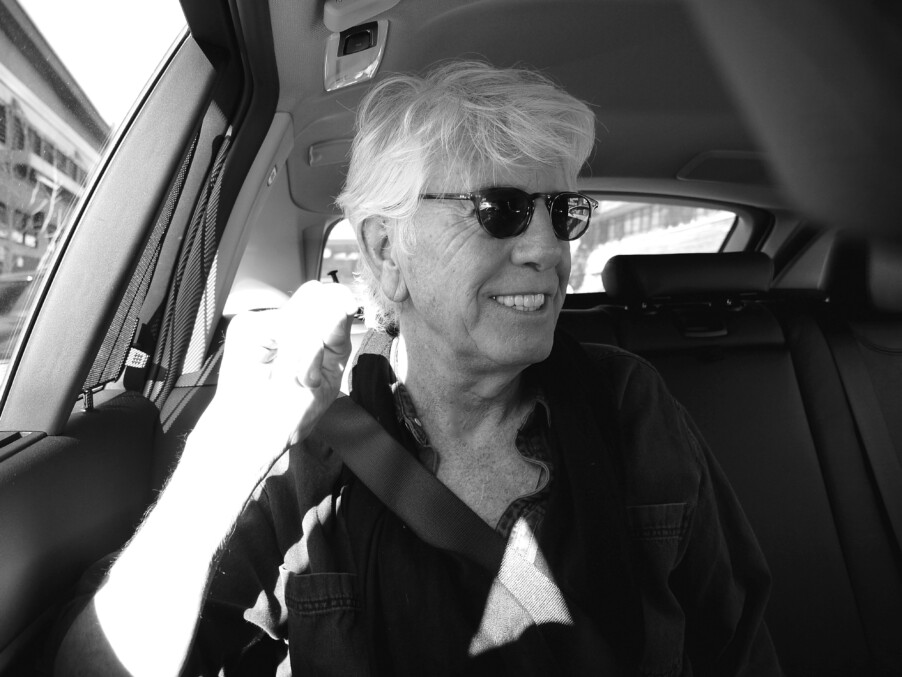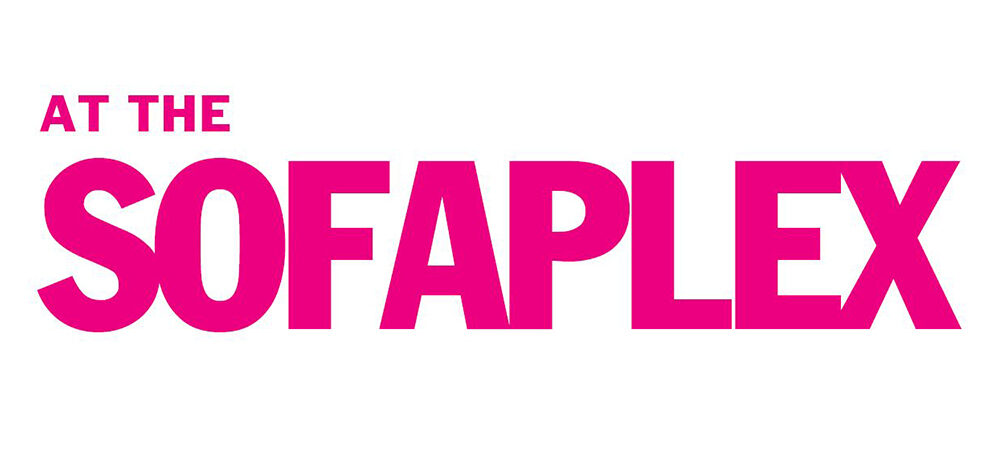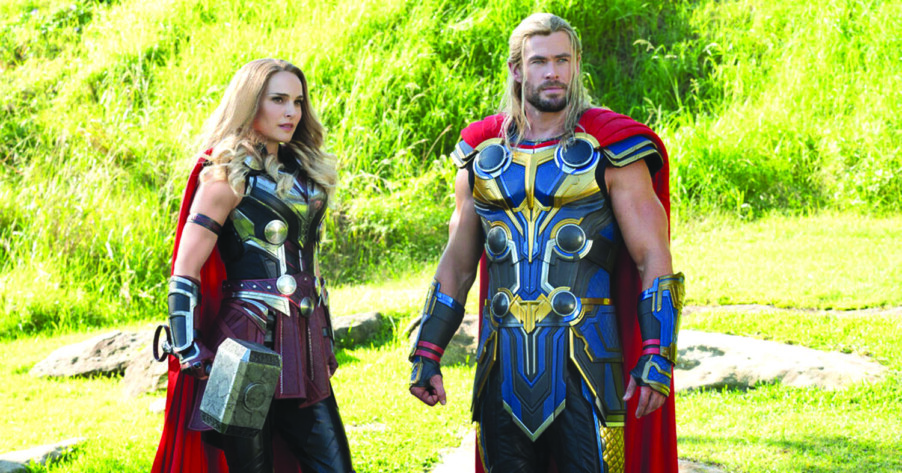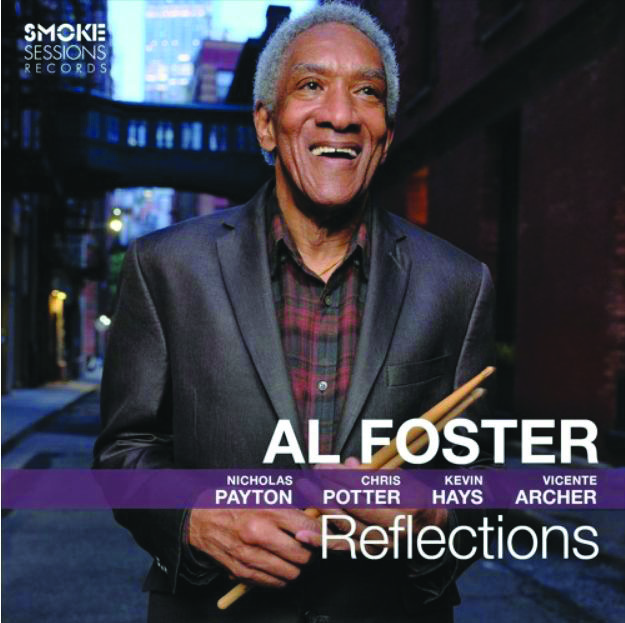Rock legend talks music, photography and politics
Though he’s happy a live re-recording of his first two solo albums is doing well, Graham Nash often wishes that the music on 1971’s Songs For Beginners and 1974’s Wild Tales didn’t still resonate the way it did in the Watergate era. A vocal opponent of the previous administration — he has an upcoming record with a track called “Golden Idol” aimed at proponents of the “Big Lie” — Nash isn’t optimistic about the country he became a citizen of in 1979.
“I’m pleased that my music seems to have lasted a couple of decades, but at the same time it’s a pain in the ass that we have not learned from our history,” he said by phone recently. “I think what I’m seeing now, unfortunately, is the fall of the American Empire. I think that we are completely divided as a people, and a divided nation can’t last very long.”
Nash is a two-time Rock & Roll Hall of Famer, with his first band The Hollies, and with Crosby, Stills, Nash & Young. Despite their acrimonious 2016 breakup, the supergroup reunited earlier this year to demand that Spotify remove their music in protest of Joe Rogan, who frequently hosts vaccine deniers and Covid-19 skeptics on his podcast.
In early July, CSNY was back on Spotify. The interview with Nash happened earlier, on June 24. At that time, he spoke of steps taken by the streaming service that hint at reasons for the group’s eventual reversal. “They have put genuine Covid-19 information on a million podcasts and that is a great step forward,” he said. “They’re now recognizing that people like Rogan and his guests were spreading misinformation and disinformation.”
Last November, Nash published a book of photographs called A Life In Focus. His passion for pictures dates back to the first one he took, of his mother, in 1953, and learning darkroom technique as a child from his father. The shot of his mom, in repose and unaware of her son’s camera, is among the collection’s best.
Pictures of icons like Joni Mitchell, David Crosby, Jackson Browne, even ’60s supermodel Twiggy, are equally candid. It’s the only way, asserts Nash. “Having had probably hundreds of thousands of photographs taken of me, I know … the face that you put on because you want to look cool,” he said. “I give that face sometimes when people are taking pictures of me [and] I don’t like that face. So my best portraits of people are taken when they have no idea that I’m there.”
Nash also has a skillful eye for street scenes, like a shot of a well-dressed woman staring into the window of an expensive jewelry store as a homeless man sleeps mere inches from her. “I use a camera to capture surreal moments that happen in front of me,” he said. “Which they seem to do a lot.”
That said, he believes social media trivializes the art. “There are [millions of] smartphones in this world and maybe only a hundred photographers,” he said, adding, “I don’t use my camera as my memory. I don’t want a picture of me in Mickey Mouse ears at Disneyland, I don’t take pictures that match my couch, or kittens with balls of wool. I don’t take landscapes — I’d rather remember the landscape.”
He loves gear — an IRIS 3047 printer he bought in 1989 for his company Nash Images is now in the Smithsonian — and he also enjoys playing with the process of photography. There’s a distinctive shot of fellow musician Dave Mason in the book that’s basically a smudged Polaroid, taken in his suite at New York’s Plaza Hotel in the mid-1970s. “In those days, if you had a ballpoint pen, a sharp instrument or something, you could move the emulsion around,” he explained. “As a matter of fact, Elton John just bought that picture.”
Politics are intertwined with both his music and photography. In the Wild Tales track “Prison Song,” Nash alludes to his father spending a year in high-security lockup for unknowingly buying a stolen camera from a co-worker to give him as a gift. It made Nash a lifetime foe of unjust authority, along with his ire at being spanked by his school principal for ditching class to buy Bill Haley concert tickets in 1958.
With him at the Haley performance was best mate Allan Clarke; the two would later start The Hollies. Years later, they’re working together again, on Clarke’s solo record. “I’m very pleased to be able to sing with Allan after all this time,” Nash said. “He had to leave the Hollies because he had throat trouble, but it may have been psychosomatic … his excuse to be able to leave. Because right now, he’s singing very well.”
Nash has no regrets about skipping school that day. The experience both confirmed, to quote his 2013 autobiography, that “justice was malleable and subjective … too much politics involved,” and launched him on a lifetime of music. “The truth is … I’ve lost houses, and I’ve lost relationships; I have not lost my ticket to that show. I have it in my wallet as we speak.”
An Evening with Graham Nash
When: Wednesday, July 20, 8 p.m.
Where: Colonial Theatre, 609 Main St., Laconia
Tickets: $50 to $100 at coloniallaconia.com
Featured photo: Graham Nash. Photo by Amy Grantham.






